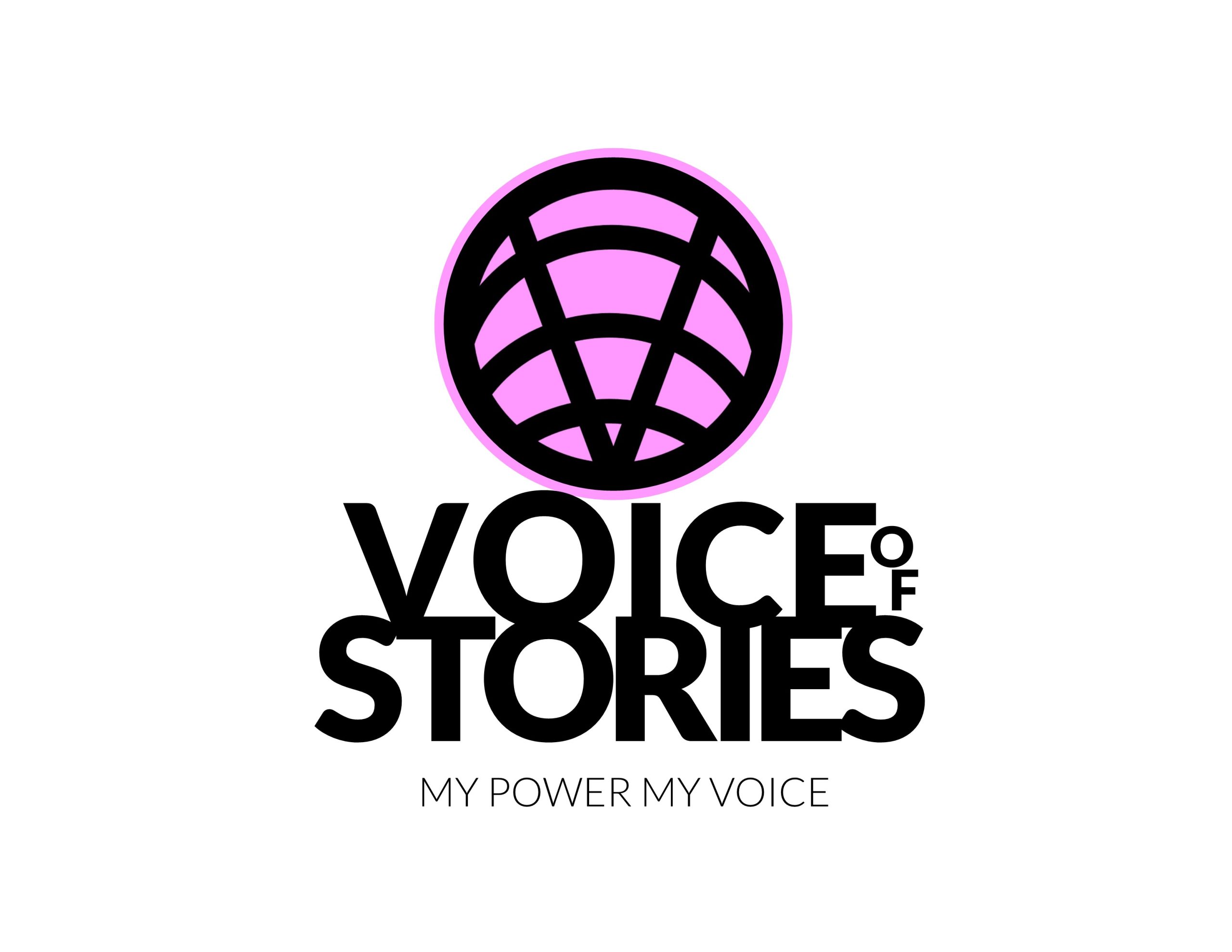Goal: Empower children to craft compelling stories, develop creative writing skills, and build confidence in expressing their ideas.
Week 1: Introduction to Storytelling and Story Elements
Objective: Understand the basics of storytelling and its key elements.
Activity 1: Icebreaker – “Tell Me About Your Day in 3 Sentences.”
Activity 2: Watch a short animated story and identify the beginning, middle, and end.
Activity 3: Group brainstorming – Create a unique character using a “Character Wheel.”
Learning Outcome: Students can articulate a basic narrative and identify the elements of a story.
Week 2: Developing Characters and Creating Settings
Objective: Craft relatable characters and design vivid settings.
Activity 1: Character Questionnaire – Answer questions about a fictional character.
Activity 2: Role-playing – Act out how a character reacts in different situations.
Activity 3: Draw or describe their dream location and explore a “Setting Swap.”
Learning Outcome: Students can create characters with depth and describe immersive settings.
Week 3: Building Plot and Conflict
Objective: Create engaging plots with clear conflicts and resolutions.
Activity 1: Use a “Plot Rollercoaster” to outline a story idea.
Activity 2: Group activity – Rewrite a dull story by adding conflict.
Activity 3: Discuss how settings influence the plot.
Learning Outcome: Students can structure a plot and introduce meaningful conflict.
Week 4: Exploring Genres and Writing Dialogue
Objective: Experiment with genres and craft realistic dialogues.
Activity 1: Genre Hunt – Identify genres in books or movies.
Activity 2: Write a 100-word story in a randomly assigned genre.
Activity 3: “What’s the Conversation?” – Write dialogues for a wordless comic strip.
Learning Outcome: Students can write in various genres and create dialogues that reflect character and advance the story.
Week 5: Writing Techniques (Narrative Voice, Point of View, Descriptive Writing)
Objective: Explore writing techniques to enrich storytelling.
Activity 1: Write the same scene from two different characters’ perspectives.
Activity 2: “Show, Don’t Tell” exercises to enhance descriptive writing.
Learning Outcome: Students can use narrative voice, point of view, and descriptive writing effectively.
Week 6: Editing and Revising
Objective: Refine and polish written work.
Activity 1: Peer Editing – Exchange stories for constructive feedback.
Activity 2: Use a checklist to self-edit drafts.
Activity 3: Revise and improve a selected story or scene.
Learning Outcome: Students can identify areas for improvement and make revisions.
Week 7: Storytelling with Voice and Preparing Final Projects
Objective: Practice oral storytelling skills and finalize their stories.
Activity 1: Choose a story to perform for the class, adding sound effects or props.
Activity 2: Work in pairs to rehearse and give feedback on each other’s storytelling performances, focusing on voice modulation, pacing, and engagement.
Learning Outcome: Students gain confidence in oral storytelling and refine their final projects with peer support.
Week 8: Basics of Script Writing
Objective: Understand script format and dialogue writing.
Activity 1: Rewrite the dialogue of a familiar scene from a movie or book.
Activity 2: Create a short, two-character script about a funny misunderstanding.
Learning Outcome: Students can format and write simple scripts with engaging dialogues.
Week 9: Showcase and Feedback
Objective: Celebrate achievements and reflect on the learning journey.
Activity 1: Host a Storytelling Festival where students present their stories.
Activity 2: Reflective exercise – “What I Learned About Myself as a Storyteller.”
Learning Outcome: Students build confidence, recognize growth, and celebrate their creative achievements.



